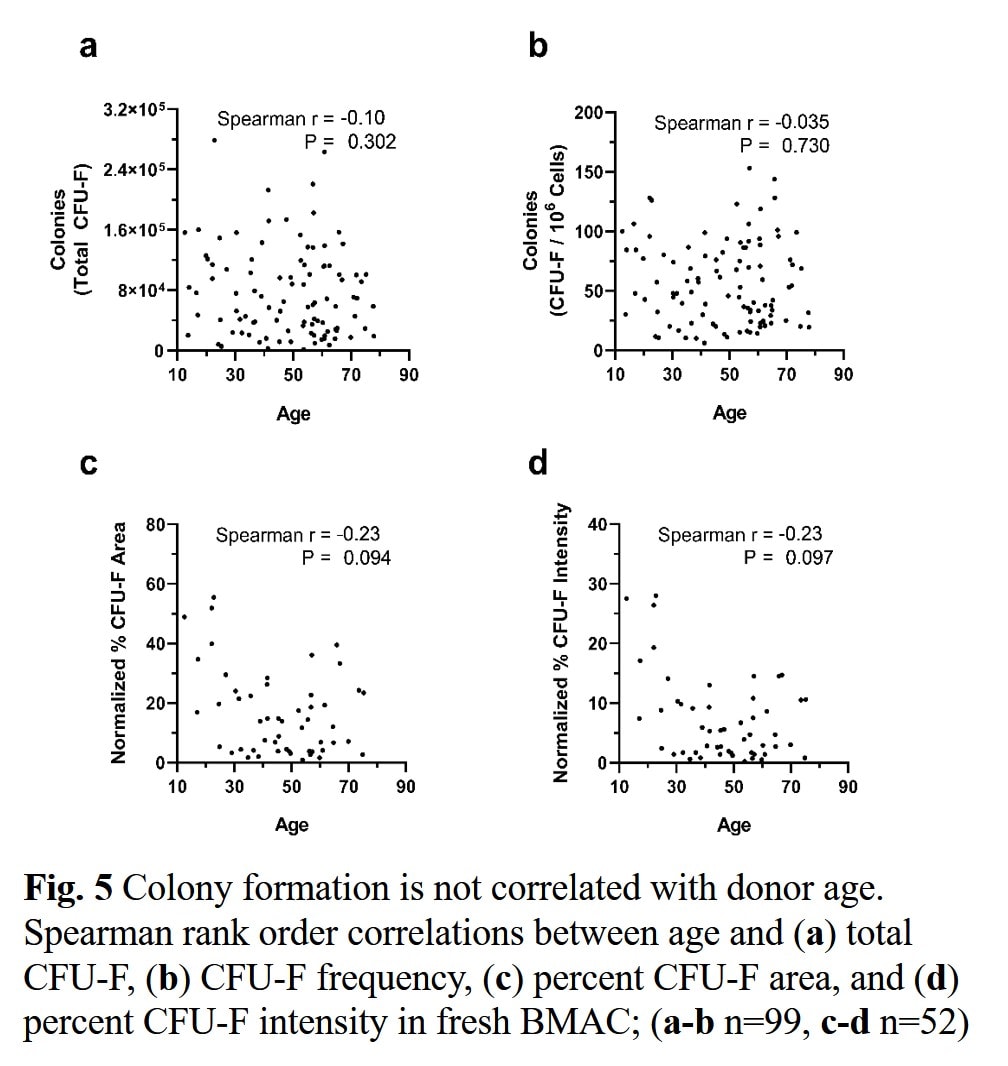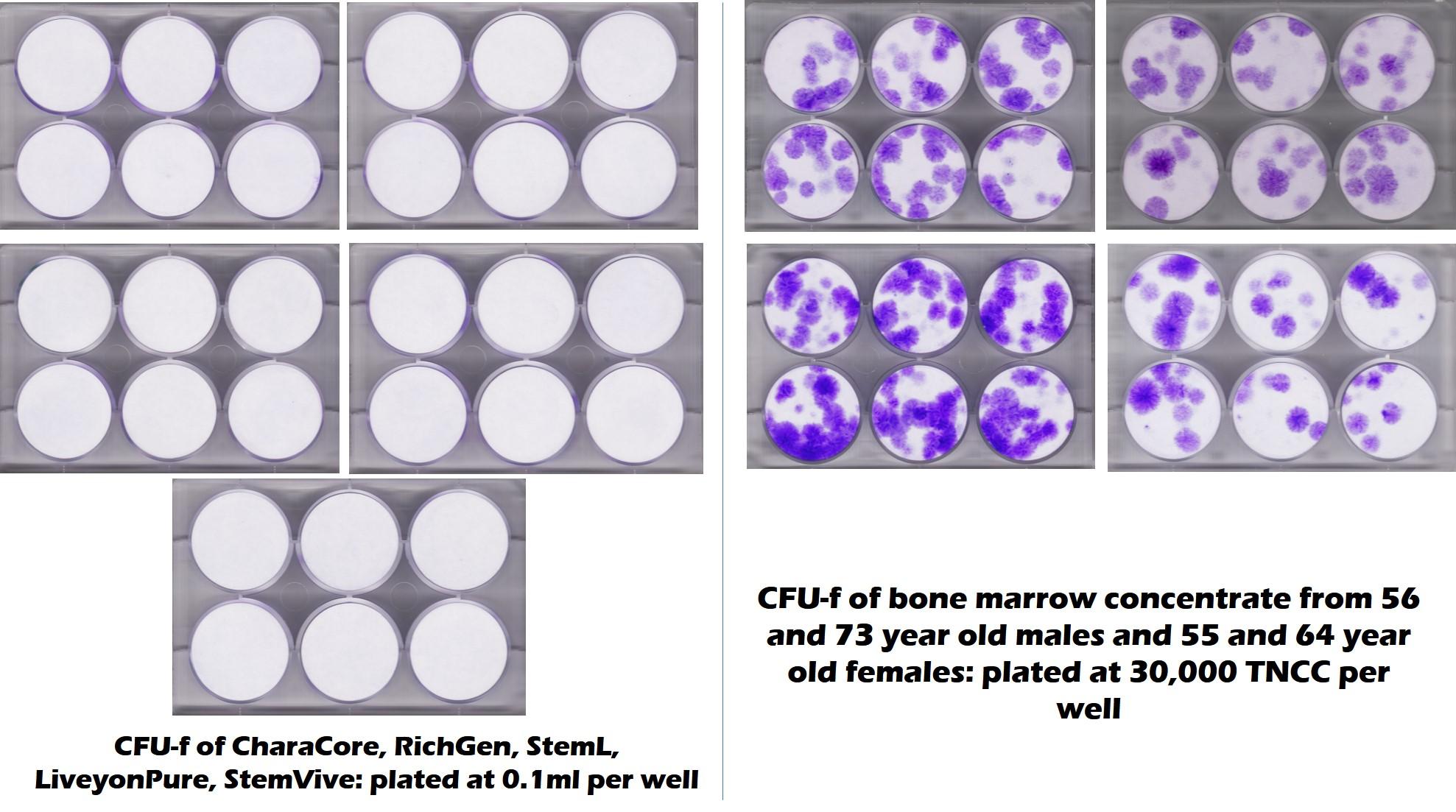Old Age and Stem Cells?
Many patients ask about old age and stem cells. What happens to stem cells as we age? Is there an age limit to stem cell therapy? Let’s dig in.
Seminars on Stem Cell Therapy
A common sales pitch in many stem cell therapy seminars involves old age and stem cells. These clinics often claim that your stem cells are too old to use, hence you need to use young stem cells from umbilical cords. Is this true? To answer that question we need to first learn more about aging and stem cells.
What Happens to Stem Cells as We Age?
First, it’s important to note that you have millions of stem cells that live in your body (1,2). They are the repairmen of many tissues, so if you’re still alive, they are working. Meaning that wiping out the stem cells in your bone marrow would cause death in weeks to months (3).
Second, it’s been traditionally thought that stem cell number and health declines with age (4). However, our lab and others have looked at the number of stem cells in the bone marrow with aging. If you exclude really young people and just focus on adults, there isn’t a big relationship between stem cell number and age. This is shown in the slide below and based on data collected in our research lab (part of an upcoming research paper):

While this may look like Greek to you, the graphs show no relationship between stem cell numbers in the bone marrow and age.
Is There an Age Limit to Stem Cell Therapy?
One of the biggest questions I get on old age and stem cells is whether there is an age limit? I can answer that with some of our own published work. We looked at more than 800 patients with knee arthritis who had their own concentrated bone marrow stem cells injected into their joints versus age (5). We found no relationship between age and outcome, meaning older patients didn’t fare any worse than younger patients.
In a second study, what we did find that lead to poorer outcomes was too low a dose of total bone marrow cells (which is also tied to a low stem cell dose) (6). This could be easily overcome by a better bone marrow stem cell draw and processing. Meaning, older cells didn’t hamper someone’s chances of success, their cells just needed to be concentrated to a certain level.
We’re not the only ones to find this relationship between cell dose and outcome from stem cell-based procedures. In fact, others have found it when treating nonhealing bones and low back discs (12,13). Hence, getting stem cell therapy to work in older adults is about concentrating their cells.
Young Stem Cells?
As discussed above, a big sales pitch that you hear in stem cell therapy seminars is that your cells are just too old and you need younger stem cells from amniotic fluid or umbilical cords. As you’ve seen above, the first part of that sales pitch isn’t true. Now for the real shocker, neither is the second part. Meaning the amniotic and umbilical cord stem cell products being used by these clinics do not have live and viable stem cells. This has been confirmed by numerous university and third-party labs including Cornell and UC Irvine (7-9).
Now I can quote studies and show you graphs all day long, but a single picture says it all. The image below is from a joint study with our lab team and a university lab. What you’re seeing are the results of a stem cell test known as a CFU-f. Basically, stem cells show up as purple dots (colonies) here and when there is nothing but white, there were no stem cells found. On the left are five commonly used umbilical cord stem cell products (five wells of six white circles in a plate and one plate for each product). Notice that these plates are all white, hence all of these products used by these clinics had no live stem cells. The plates on the right with the purple dots representing real stem cell colonies represent bone marrow samples of elderly patients from their 50s to their 70s! There are plenty of stem cells in those tests.

In summary, the young stem cell sales pitch is about as real as magic pixie dust. However, there are real stem cells in your own bone marrow, even if you’re in your 70s! Hence, if someone tries to sell you an amniotic or umbilical cord stem cell treatment because you’re too old, walk away.
The Other Downside of Umbilical Cord Cells
You may have recently heard that dozens of patients were made critically ill due to contaminated umbilical cord stem cells (11). Why? These products are not FDA approved like drugs and are not monitored in the same way (12). Hence, contamination in these products is more likely.
The upshot on old age and stem cells? While aging does have some impact on stem cells, it doesn’t mean you don’t have many live and very viable stem cells that can used to help you heal. In the meantime, as shown, stem cell seminar pitches claiming to inject you with millions of live stem cells don’t hold water!
__________________________________________
References:
(1) Lee-Six, H., Øbro, N. F., Shepherd, M. S., Grossmann, S., Dawson, K., Belmonte, M. Campbell, P. J. Population dynamics of normal human blood inferred from somatic mutations. Nature 561, pages 473–478, 2018. doi:10.1038/s41586-018-0497-0
(2) Ullah I, Subbarao RB, Rho GJ. Human mesenchymal stem cells – current trends and future prospective. Biosci Rep. 2015;35(2):e00191. Published 2015 Apr 28. doi:10.1042/BSR20150025
(3) Green DE, Rubin CT. Consequences of irradiation on bone and marrow phenotypes, and its relation to disruption of hematopoietic precursors. Bone. 2014;63:87–94. doi:10.1016/j.bone.2014.02.018
(4) Ahmed AS, Sheng MH, Wasnik S, Baylink DJ, Lau KW. Effect of aging on stem cells. World J Exp Med. 2017;7(1):1–10. Published 2017 Feb 20. doi:10.5493/wjem.v7.i1.1
(5) Centeno C, Pitts J, Al-Sayegh H, Freeman M. Efficacy of autologous bone marrow concentrate for knee osteoarthritis with and without adipose graft. Biomed Res Int. 2014;2014:370621. doi:10.1155/2014/370621
(6) Centeno CJ, Al-Sayegh H, Bashir J, Goodyear S, Freeman MD. A dose response analysis of a specific bone marrow concentrate treatment protocol for knee osteoarthritis. BMC Musculoskelet Disord. 2015;16:258. Published 2015 Sep 18. doi:10.1186/s12891-015-0714-z
(7) Berger D, Lyons N, Steinmetz, N. In Vitro Evaluation of Injectable, Placental Tissue-Derived Products for Interventional Orthopedics. Interventional Orthopedics Foundation Annual Meeting. Denver, 2015. https://interventionalorthopedics.org/wp-content/uploads/2017/08/AmnioProducts-Poster.pdf
(8) Becktell L, Matuska A, Hon S, Delco M, Cole B, Fortier L. Proteomic analysis and cell viability of nine amnion-derived biologics. Orthopedic Research Society Annual Meeting, New Orleans, 2018. https://app.box.com/s/vcx7uw17gupg9ki06i57lno1tbjmzwaf
(9) Panero, A, Hirahara, A., Andersen, W, Rothenberg J, Fierro, F. Are Amniotic Fluid Products Stem Cell Therapies? A Study of Amniotic Fluid Preparations for Mesenchymal Stem Cells With Bone Marrow Comparison. The American Journal of Sports Medicine, 2019 47(5), 1230–1235. https://doi.org/10.1177/0363546519829034
(10) US Food and Drug Administration. “FDA sends warning to company for marketing dangerous unapproved stem cell products that put patients at risk and puts other stem cell firms, providers on notice” 12 August 2019, https://www.fda.gov/news-events/press-announcements/fda-sends-warning-company-marketing-dangerous-unapproved-stem-cell-products-put-patients-risk-and .
(11) US Food and Drug Administration. “Tissue Establishment Registration” 11 August 2019, https://www.fda.gov/vaccines-blood-biologics/biologics-establishment-registration/tissue-establishment-registration.
(12) Homma Y, Zimmermann G, Hernigou P. Cellular therapies for the treatment of non-union: the past, present and future. Injury. 2013 Jan;44 Suppl 1:S46-9. doi: 10.1016/S0020-1383(13)70011-1.
(13) Pettine KA, Suzuki RK, Sand TT, Murphy MB. Autologous bone marrow concentrate intradiscal injection for the treatment of degenerative disc disease with three-year follow-up. Int Orthop. 2017 Oct;41(10):2097-2103. doi: 10.1007/s00264-017-3560-9.

If you have questions or comments about this blog post, please email us at [email protected]
NOTE: This blog post provides general information to help the reader better understand regenerative medicine, musculoskeletal health, and related subjects. All content provided in this blog, website, or any linked materials, including text, graphics, images, patient profiles, outcomes, and information, are not intended and should not be considered or used as a substitute for medical advice, diagnosis, or treatment. Please always consult with a professional and certified healthcare provider to discuss if a treatment is right for you.